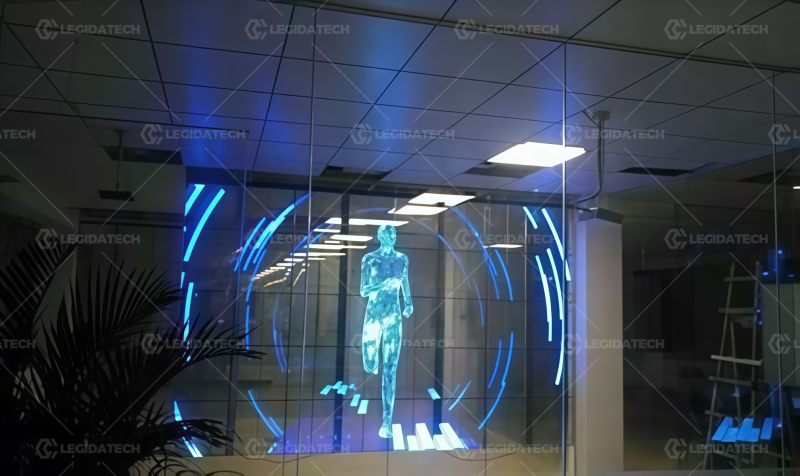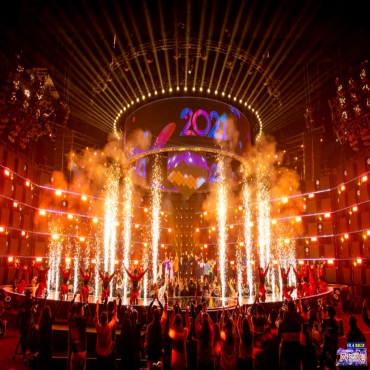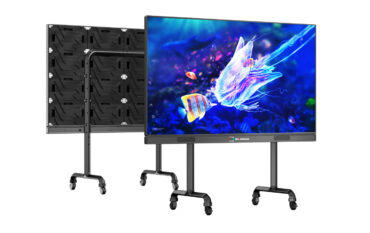The global transparent LED display market is expanding at a CAGR of 19.3%, driven by its transformation from conventional advertising tools to “intelligent building skins” that merge aesthetics with functionality.
Modern installations demand rigorous protocols to address structural safety, optical precision, and energy efficiency.
Structural Safety Standards
Installation Methods
Commonly used in glass showcases, exhibition halls, etc. If the height of the screen body is not high, it can be simply fixed at the bottom;
if the screen body is relatively high, it needs to be fixed at the upper and lower parts behind the screen body to achieve fixation.

Frame – mounted Installation:
Use composite bolts to directly fix the frame of the box on the keel of the glass curtain wall without using any steel structure,
mainly applied in the field of building glass curtain walls.
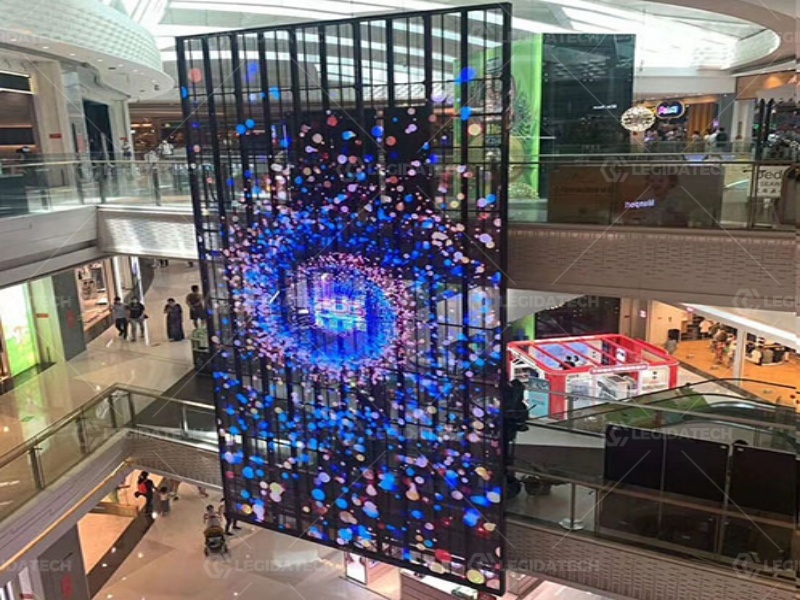
Suspended – ceiling Installation:
Mainly used for indoor long – strip screens and frame – structured screen bodies.
This installation method must have a suitable installation location, such as a place with a cross – beam or lintel above.
For indoor concrete ceilings, standard hanging parts can be used, and the length of the hanging parts is determined according to the on – site situation.
For indoor beams, wire rope suspension is used, and for outdoor use, steel pipes with the same color as the screen body are used for decoration.
Wall – mounted Installation:
Indoor wall – mounted installation can be adopted, which requires a solid wall or a concrete beam at the hanging position.
Outdoor installation mainly relies on steel structures, and there are no restrictions on the area and weight of the display screen.
Pre – installation Preparation Work
On – site Survey and Measurement:
The installation team should conduct on – site surveys and measurements, understand specific environmental,topographical
and other factors, and confirm the size and installation location of the LED transparent screen to ensure consistency with the site.
Formulation of Construction Plans:
According to the results of on – site surveys and measurements, formulate detailed construction plans,
including installation location, installation method, and fixation method. The construction plan should consider safety, feasibility, and efficiency.
Preparation of Tools and Materials:
Prepare necessary tools and materials such as lifting equipment, screwdrivers, wrenches, wires,and cables according to the construction plan,
and ensure that these tools and materials meet relevant standards and quality requirements.
Evaluation of the Installation Environment:
Evaluate the installation environment, understand the load – bearing capacity, power access, waterproofand dust – proof requirements on – site, etc.,
to ensure the safety and feasibility of the installation process.
Safety Protection Measures:
Set up isolation belts, protective nets, safety warning signs and other safety protection measures at the installation site,and be equipped with safety protection supplies
to ensure safety in production in terms of awareness and equipment
Safety Precautions during the Installation Process
Electrical Safety:
Ensure that all electrical work is completed by qualified electricians. Before making any electrical connections, be sure to cut off the power.
Use cables and connectors that meet the specifications and ensure that all connections are firm and reliable.
Regularly inspect all electrical equipment to ensure that it is in good condition.
Structural Safety:
Ensure that the installation structure (such as steel frames, lifting equipment, etc.) can bear the weight of the LED transparent screen, wind force and other external loads.
Test the stability of the installation structure to ensure that it will not collapse or shake in strong winds or other bad weather conditions.
Use appropriate fixing devices (such as bolts, welding, etc.) to firmly fix the LED transparent screen on the installation structure.
Lightning Protection and Grounding:
In areas with frequent thunderstorms, lightning protection devices must be installed for the LED transparent screen and effectively grounded.
Ensure that all metal parts (including frames, brackets, etc.) are effectively grounded to prevent damage caused by static electricity and lightning strikes.
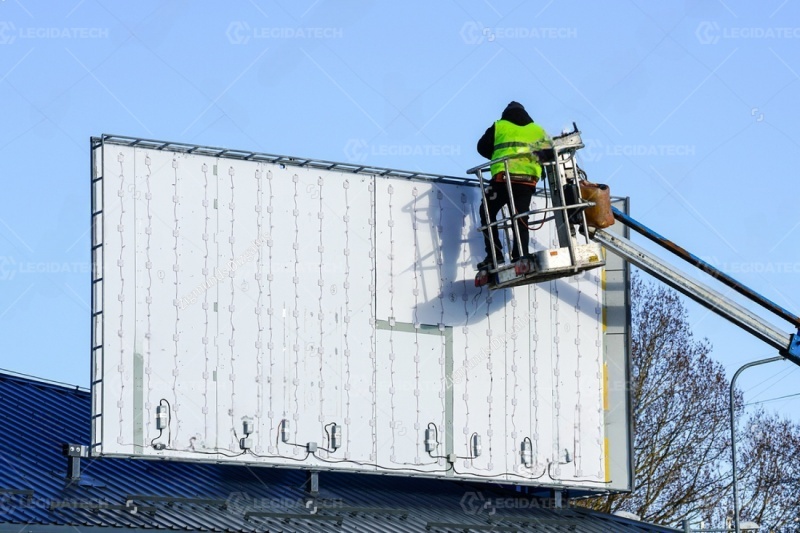
Operation Safety:
During the installation process, ensure that all workers wear appropriate safety equipment (such as safety helmets, safety belts, protective glasses, etc.).
Follow the correct handling and installation procedures to avoid screen damage or injury. When working at heights,
be sure to use appropriate climbing equipment and safety protection measures.
Environmental Safety:
Ensure that the installation site is clean, tidy, and free of debris to reduce the risk of falls and trips.
Waste and garbage generated during the installation process should be cleaned up in a timely manner to keep the site clean.
Visual Effect Standards
Transparency Rate:
The transparency rate of the LED transparent screen should meet certain standards, generally not less than 40% (indoor) and 30% (outdoor)
to ensure a good visual effect and daylighting function.
Luminosité:
The brightness of the LED transparent screen should meet the needs of different environments.
For indoor use, the maximum brightness should not be less than 400 cd/m² and be adjustable. An adjustable range of 400 – 4500 cd/m² is advisable.
For outdoor use, the maximum brightness should not be less than 1000 cd/m² and be adjustable. An adjustable range of 1000 – 7000 cd/m² is advisable.
Contrast:
High contrast can provide a clearer and more vivid image display effect.
Although the document does not clearly mention the contrast standard,
from the description of its brightness and visual effects, a relatively high contrast level should be maintained.
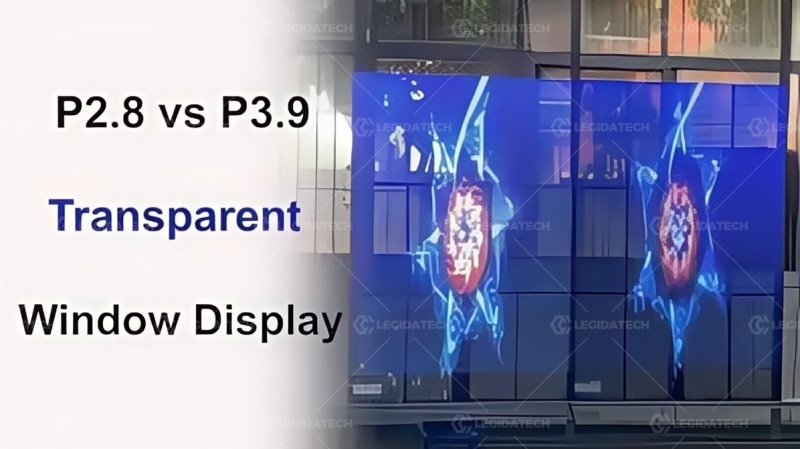
Viewing Angle:
The horizontal and vertical viewing angles should not be less than 140° (indoor) to ensure that the audience can have a good visual experience from different angles.
Display Uniformity:
The LED transparent screen should have good brightness uniformity to avoid local high – brightness or dark areas that affect the visual effect.
Response Time:
The response time of the LED transparent screen is usually less than 3ms, which means that when displaying dynamic images,
it can respond to image changes faster and avoid the phenomenon of image trailing.
Color Performance:
The LED transparent screen should have high color saturation and accurate color reproduction ability to present vivid and realistic image effects.
By following the above – mentioned structural safety and visual effect standards, the installation quality and display effect of the LED transparent screen can be ensured,
providing users with a safe, reliable, and excellent – visual – experience transparent display solution.
Future Trends: Self-Healing Nanotech & AI-Driven Maintenance
By 2025, stress-sensing alloys with embedded IoT sensors will enable real-time structural health monitoring.
Graphene-based nano-coatings will autonomously repair micro-cracks within 24 hours,
while AI algorithms predict failures 30 days in advance using machine learning.
Global Compliance Standards
-China: GB/T 34446-2017 Class II (structural) and CCC certification (electrical).
-EU: EN 13031-1 Wind Load Category 5 and CE EMC Directive.
-North America: UL 48 Climbing Protection Level 4 and UL 60950-1 certification.
Conclusion
Adherence to these standards ensures transparent LED installations meet architectural safety requirements while delivering stunning visual performance.
As the industry evolves, innovations like self-repairing surfaces and AI diagnostics will redefine installation practices,
offering smarter, safer, and more sustainable solutions for smart cities worldwide.

Critical Q&A for Installers & Architects
1.How to balance transparency (50%–80%) with brightness?
AMDP (Adaptive Micro-Dot Phosphor) technology maintains 5,000 nits at 70% transparency.
2.Maintenance cycles for high-pollution areas?
PM2.5 sensors automate cleaning schedules, reducing intervals by 30% when PM2.5 exceeds 75.
3.Maximum curvature for curved installations?
Radius limits: 1,500mm (horizontal) and 800mm (vertical).
4.Bird collision prevention?
18kHz ultrasonic deterrents (inaudible to humans) repel birds effectively.
5.Energy-saving strategies?
Light-recycling films recover 35% ambient light energy, cutting power consumption.
6.Emergency power backup requirements?
UPS systems must support 30-minute runtime at full load.
7.Post-installation inspection checklist?
Verify (1) grounding resistance <3Ω, (2) pixel uniformity >98%, and (3) frame deflection <1mm.
Author:Amy



